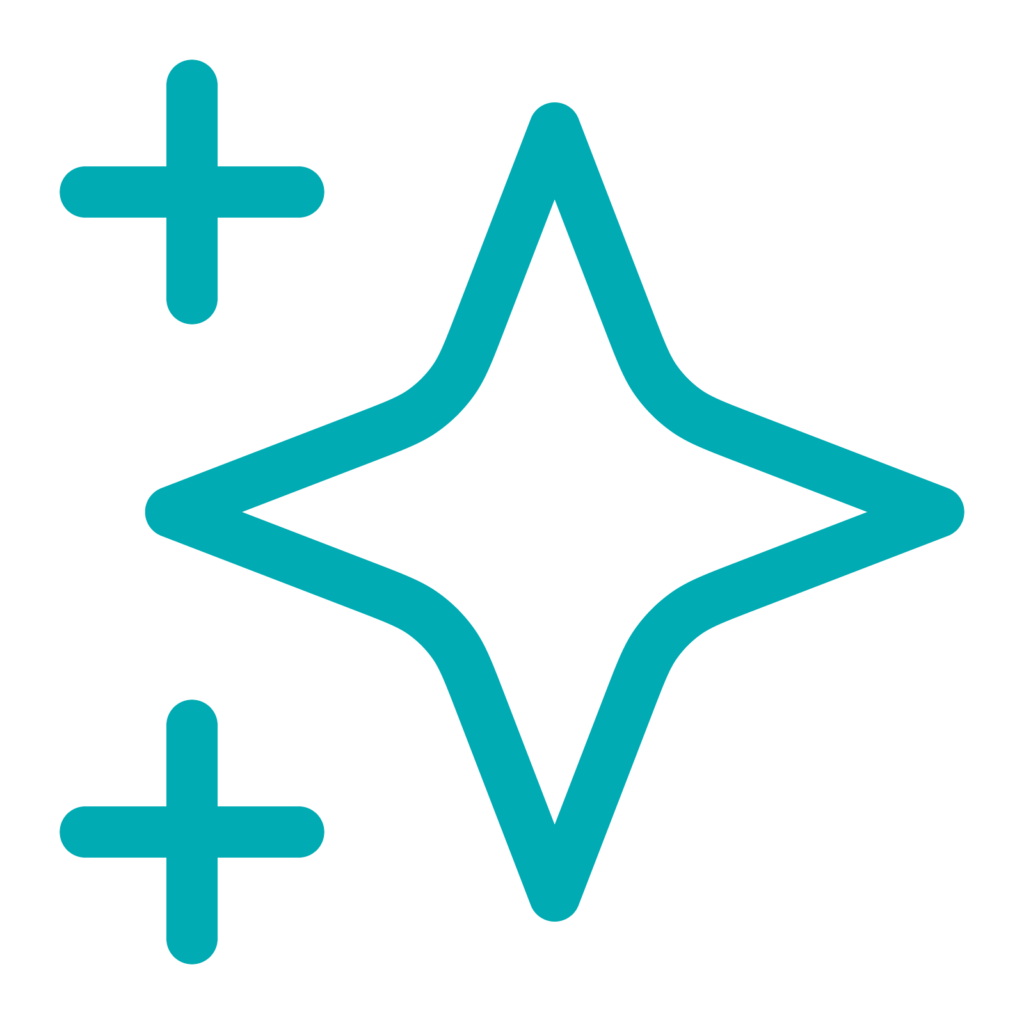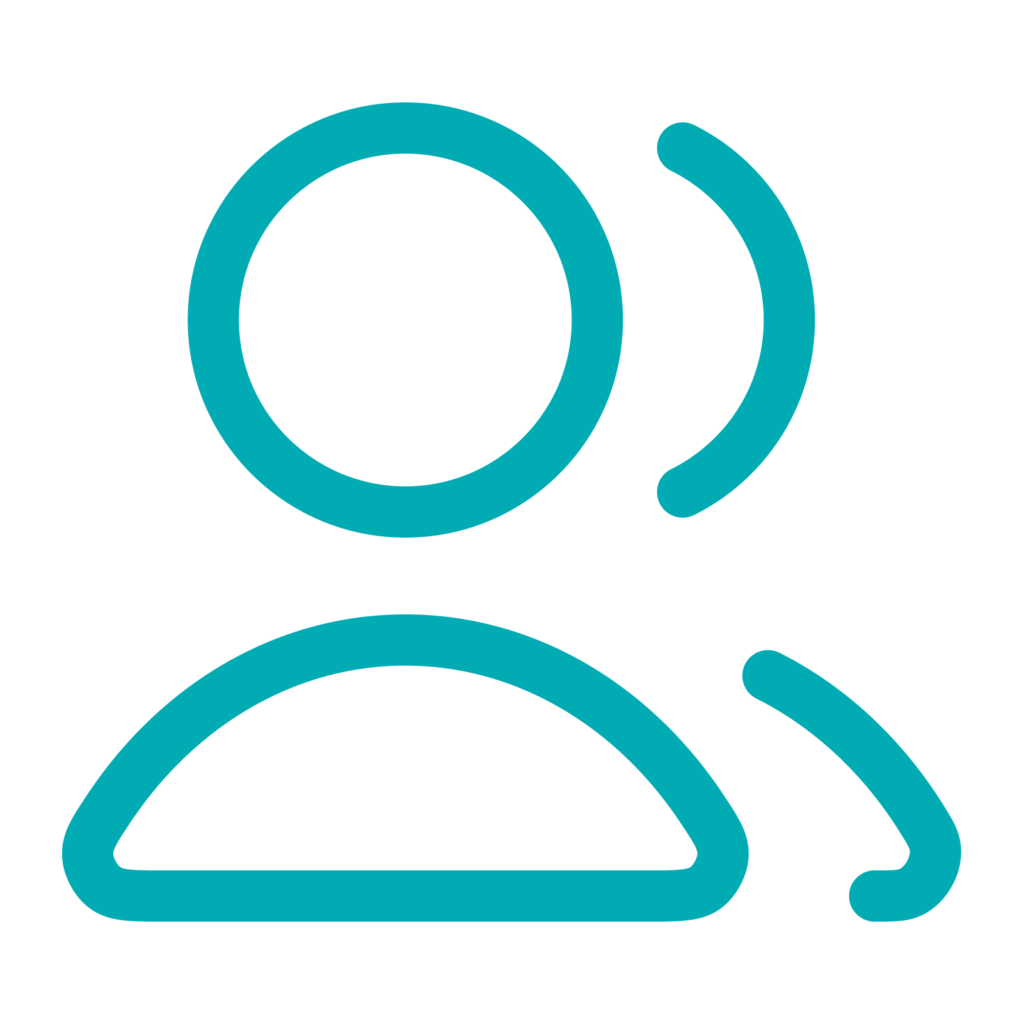Syllabus Language
As with any other academic tool or mode of working, instructors should set explicit expectations for GenAI use, reinforce them throughout the term, and address the privacy implications of using these tools. Since AI features now appear in many platforms, it is essential to align syllabus statements with in-class conversations so students understand expectations in both general and assessment-specific contexts. By openly discussing what types of AI use are appropriate, useful, and ethical, instructors can help students develop critical awareness of AI systems and their role in academic work.
The following framework adapted from Carleton University, can help guide the communication of GenAI use expectations with students in your syllabus:
- Describe how GenAI may/may not be used in the course and/or assignment(s)
- Describe how GenAI use should be documented (if at all)
- Explain the rationale behind the decision
- Describe clear limitations around what is not allowed (as needed)
We have included sample syllabus statements below to help you shape the message you provide to students in your course syllabus, reinforcing a shared understanding of what is and is not allowed, and offering clear, consistent, and transparent guidance that you can supplement with assessment-specific instructions as needed. Involving your students in the co-creation of your AI course guidelines can also be a useful activity.
Note
Please keep in mind that students may not have access to Generative AI tools, so any suggested use in coursework should include accessible alternatives. TRU has an institutional license for Microsoft Copilot (log in with TRU credentials) that is safe and accessible to students, staff, and faculty.

Where GenAI Use is Not Permitted in Assessments
You might prohibit GenAI use in your course when you want students to rely entirely on existing knowledge, skills, and understanding to demonstrate learning. This approach ensures that assessments directly measure students’ unaided capabilities and core competencies, and is particularly suitable for evaluating foundational knowledge, critical thinking skills, and the ability to articulate ideas without the use of GenAI tools. However, attempting to fully ban GenAI in all assessments or police its use is neither realistic nor educationally sound in most cases (Perkins, Roe, & Furze 2024).
Note that students may be using GenAI as a study tool, such as helping to explain concepts for their own learning or pose questions for themselves. You will not be able to monitor their use of GenAI for this purpose, so it is recommended that you discuss how GenAI can be used in this way both effectively, such as providing example prompts or tools that are safe to use, and responsibly, such as discussing issues surrounding data privacy and intellectual property.
The only way this approach is tenable is through a supervised, controlled environment in which the absence of GenAI can be assured. AI detectors have proven to be an unreliable method for detecting GenAI use. This approach is challenging for online learning environments, and must accommodate students who rely on digital assistive technologies.
Sample syllabus language:
In this class, you may use generative artificial intelligence tools (e.g., Copilot, ChatGPT, Gemini, Claude, etc.) for learning and practicing the concepts in this course, but these tools may NOT be used for completing assessments or related activities including but not limited to [e.g. brainstorming ideas, drafting outlines, expanding upon your ideas, etc.]. I expect that you will compose all of your responses yourself and not involve the use of generative AI tools. The intent is to make sure your authentic voice and ideas remain at the center of your work as you build essential skills in writing and critical thinking. If it becomes apparent that you have used generative AI tools in the work you submit for this class, that work will be found to not have met the terms of the assignment and may be considered an academic offense. I will ask to meet with you to discuss the assignment in detail and you may be asked to re-submit. Basic word processing functions like grammar checking and spell checking tools (such as Grammarly for Microsoft Word Editor) are fine to use, as these aids can support your writing.
It is not necessary to document the use of AI for the permitted purposes noted above. If you are ever unsure about whether a particular tool counts as AI or whether its use would be appropriate, please do not hesitate to reach out and ask me for clarification.

Where GenAI Use is Permitted in Some Assessments
Depending on your discipline, context, and types of assessments, different levels of GenAI use may be appropriate at different times. In some cases, AI tools can be permitted or even encouraged, provided they do not interfere with the intended learning outcomes. Determining this requires clarity on the learning outcomes before deciding whether AI use supports or hinders them. This approach avoids a binary stance of banning or fully permitting AI. Be aware that any AI use allowed outside of a controlled environment cannot be fully monitored. The goal is not enforcement, but open discussion with students about expectations and appropriate use.
Refer to How do you want to use GenAI? for guidance on integrating GenAI into your assessments, and recommended ways to communicate student expectations depending on where your assessments fall on the scale.
Sample Syllabus Language:
Generative AI tools (e.g., Copilot, ChatGPT, Gemini, Claude, etc.) may be used for certain assignments in this course, such as [e.g., reflections, discussion posts, or project planning] but are not permitted for others including [e.g., quizzes, exams, or final papers]. This approach is intended to support your learning by encouraging the appropriate use of emerging tools while equipping you with the foundational skills needed first in order to use the tools effectively in the field. Please pay close attention to assignment instructions that will clearly indicate whether generative AI use is allowed. When permitted, you must include an accompanying document describing what tool was used, how it was used, and when. See the TRU Library’s guide on citing AI. If it becomes apparent that you have used generative AI tools where it is not permitted, that work will be found to not have met the terms of the assignment and may be considered an academic offense. I will ask to meet with you to discuss the assignment in detail and you may be asked to re-submit. More details about permitted GenAI use and documentation will be shared in the specific assignments.

Where GenAI Use is Permitted Throughout the Course
This approach permits GenAI use as a learning aid and to help produce assessments broadly throughout your course. Emphasis should still be placed on helping students understand how and when to effectively use these technologies. Consider thoughtfully and strategically integrating GenAI use into your assessments to help achieve specific learning outcomes. Students will require guidance on developing the skills to effectively use GenAI as a collaborative tool and critically evaluate its outputs, while being mindful of its limitations and related ethical concerns. Equity is a primary concern here. Students must be given the option to opt-out of GenAI use and assessments should be valid regardless of what AI tools students have access to or choose to use.
Refer to How do you want to use GenAI? for guidance on integrating GenAI into your assessments, and recommended ways to communicate student expectations depending on where your assessments fall on the scale.
Sample syllabus language:
In this course, you may use generative AI tools (e.g., Copilot, ChatGPT, Gemini, Claude, etc.), for specific purposes. This could include brainstorming ideas, summarizing texts, improving grammar, or generating visuals. However, students are ultimately accountable for the work they submit. I encourage you to familiarize yourself with the limitations of these tools and to engage in careful revision, editing, and fact-checking of anything GenAI produces for you. Any use of GenAI must be clearly documented in an appended document alongside your work that describes what tool(s) were used, for what purpose, and a brief reflection on the resulting outcome. The goal is to use these tools in ethical ways to support your learning while maintaining academic integrity and transparency. Using GenAI to complete entire assignments or fabricate sources is not allowed. Failure to undertake careful revisions or to disclose AI use may be considered an academic offense.
Disclosure of GenAI Use in Course Development
You might also consider how you are disclosing the use of generative AI in your own practice. The Artificial Intelligence Disclosure (AID) Framework is a useful method for transparency of AI use in writing, research, and development of course materials.
Sample syllabus or assignment language:
Generative AI is changing the way many of us do our jobs, including me. I have employed the use of generative AI to help develop [e.g. assignment topics / multiple choice questions / course materials]. Whenever I use AI in our class, I’ll be clear about where and how I used it as I value ethical use and transparency. Please feel free to reach out if you have any questions or would like to discuss this further.
Additional Resources
- If you’re looking for strategies for defining acceptable uses of Generative AI use in your classroom, please see the “Define Acceptable Uses of Generative AI” section on the Classroom Ideas page.
- The Library’s Artificial Intelligence Guide shares guidance around acknowledging the use of AI
- Students can visit the Writing Centre for support at any stage of the writing process, both in person or virtually
- Students can visit the Library’s Artificial Intelligence Guide to learn how Artificial Intelligence may be used responsibly and ethically in their work.
Note
If you adapt any of this language and would like to share your version back for us to use in future iterations of this resource, or if you want to give feedback about how this language worked for you, please reach out to learningtech@tru.ca.
